I’ve been at home shooting with a mid-telephoto lens for quite a while now, with the majority of my images being made with the Leica 90mm f/2 APO, so taking the step up to a more standard telephoto length was only a matter of time. It’s untenable to use this kind of lens as an everyday setup on a Leica rangefinder, so I turned to my secondary film system, Nikon SLR’s. The 70-210mm Series-E was an obvious option as it seemed to have a great balance of image quality, reach, and cost. I picked up mine for around £50 in October 2019 and have used it extensively since then for all kinds of different applications.
The overall focal range is perfect for my everyday applications of street and documentary photography, and the longer lengths are ideal for candid portraiture and more abstract interpretations of scenes. I’ve used this lens with all kinds of films and it performs wonderfully, with very little flaring aside from in absolutely harsh direct light, excellent sharpness, and a very subtle telephoto “look” rendering to it.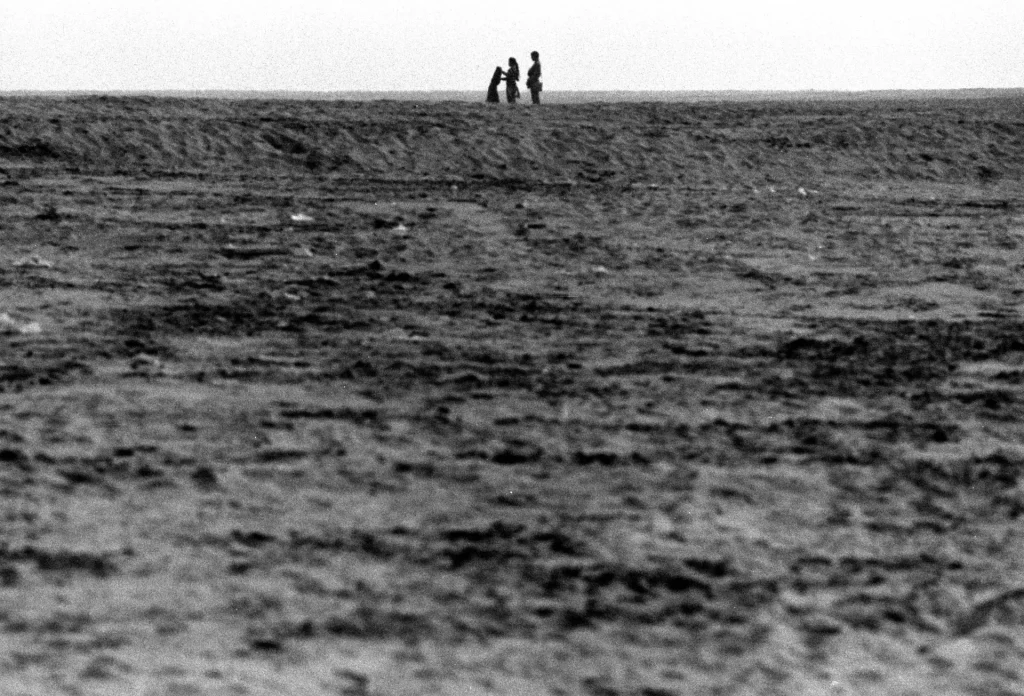
I’ve said before that I think if you can tell what focal length an image was made with then it becomes a bit less about the photograph and a bit more about the photography. My best frames are the ones which simply fit perfectly, with everything where it needs to be. Misusing a longer lens can lead to an image feeling incomplete in the same way that misusing a wider length can leave images feeling that the actual photo is somewhere ‘inside’ the photo. Lenses must be the right tool for the job, and I’ve found this particular lens to be perfectly suited to nearly all of the jobs I applied it to. In India I shot with this lens alongside my rangefinder setup which had either a 50mm or a 90mm which I used for faster work, reacting to things that unfolded.
The 70-210 is a slower lens for me, as I still find a split prism more troublesome than a rangefinder. This means that when using it I identify the potential first, frame, and anticipate what could happen within my frame.
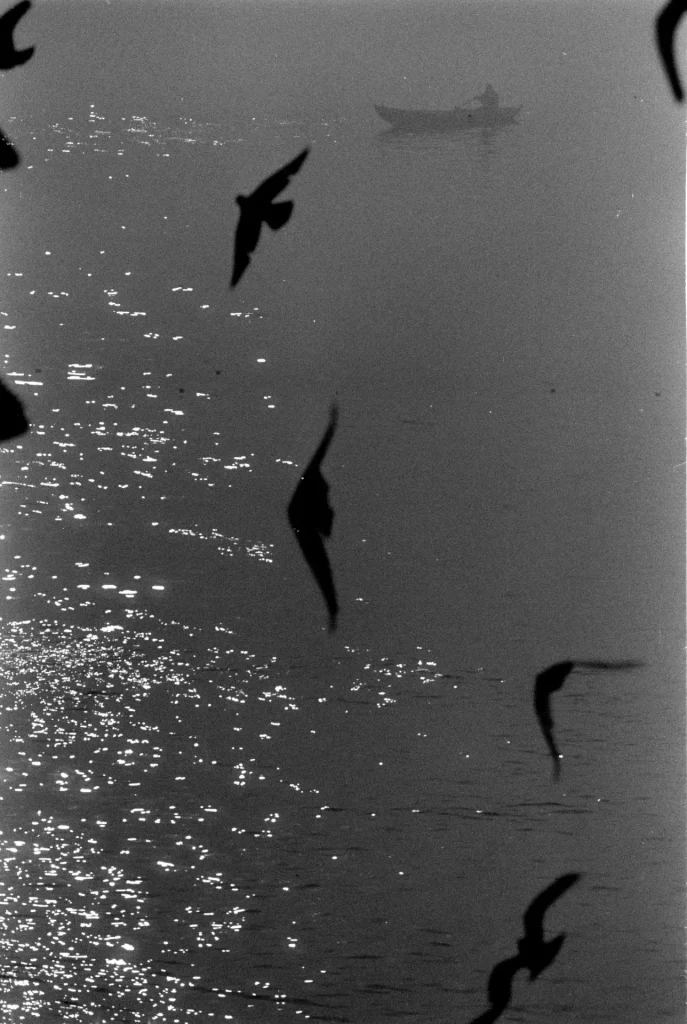
I like my photographs to be very precise, even when made imprecisely. 90mm is an immensely elegant solution for everyday use for me, but the reach of 210mm really takes things to the extreme. It’s almost the equivalent of a sniper vs a shotgun, but is not as simple as a tighter crop, especially on film. You still need to be very close to your subject in order to fill the frame – to fill the frame with a standing figure who is 6ft you need to be about 12m away. For someone sitting or a tighter (half) frame, the photographer needs to be 5m away.
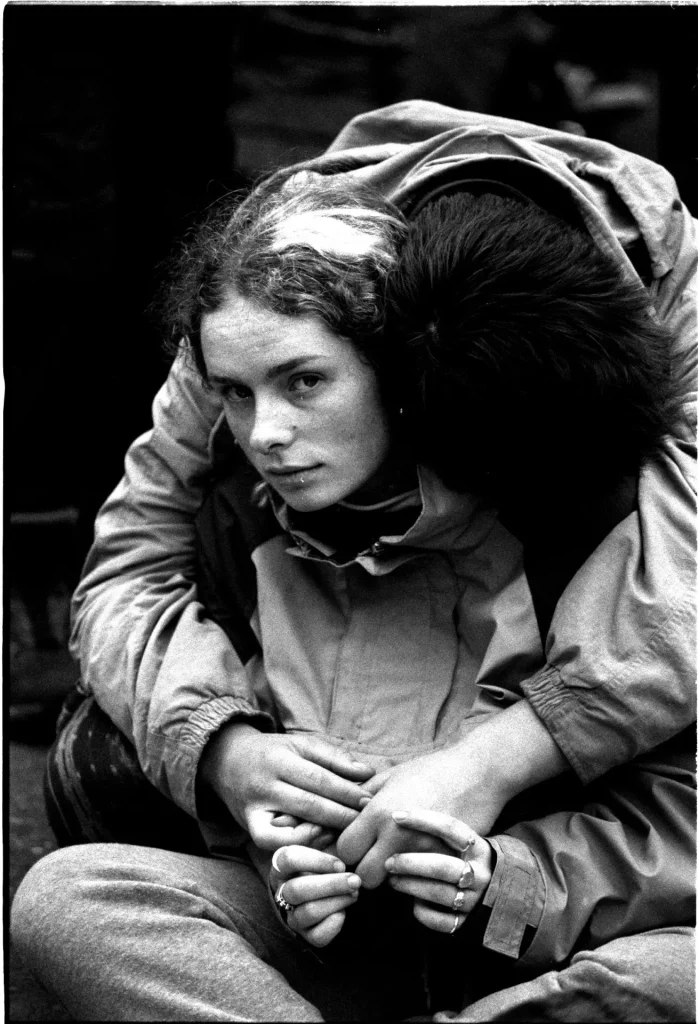
I don’t often use the macro capability, which is available at 70mm, but when I absolutely need my subject to fill the frame then I know I can rely on it.
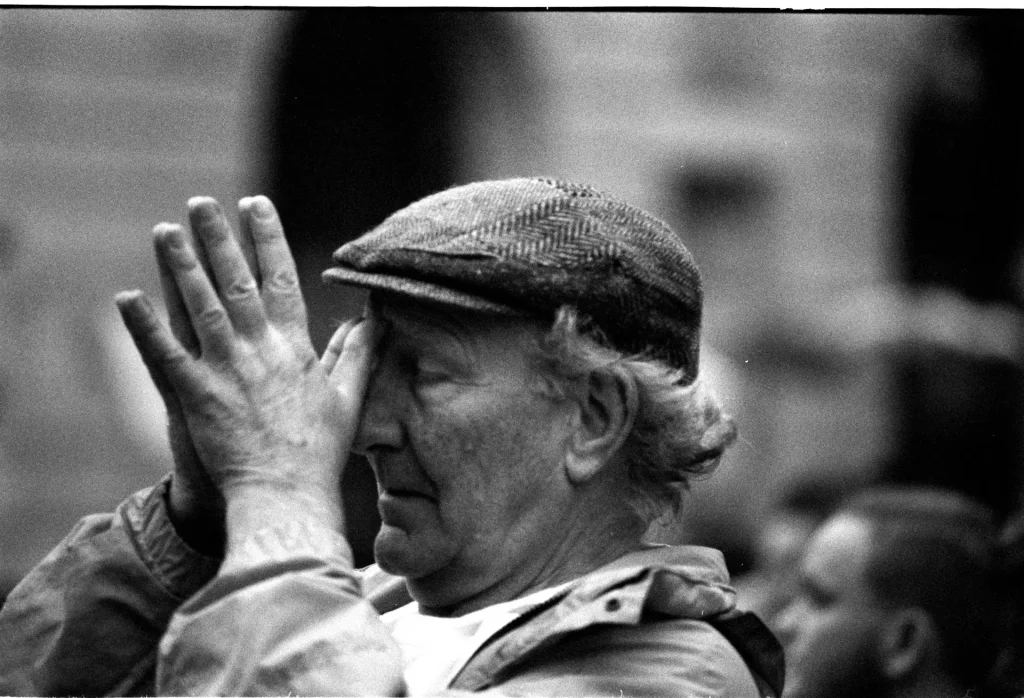
I mostly use this lens at f/4, its maximum aperture. The depth of field is nice, but it’s more the necessity for available light for me. f/4 is definitely a limitation, but the only time I’ve really struggled is when I was shooting an ISO 200 film in very low light. I had to hold my breath and shoot at a very low shutter speed in order to capture this portrait during a ceremony in Varanasi – and was very pleased with the outcome. In most other instances I reserve this lens for daylight use, or for use with high-speed films.
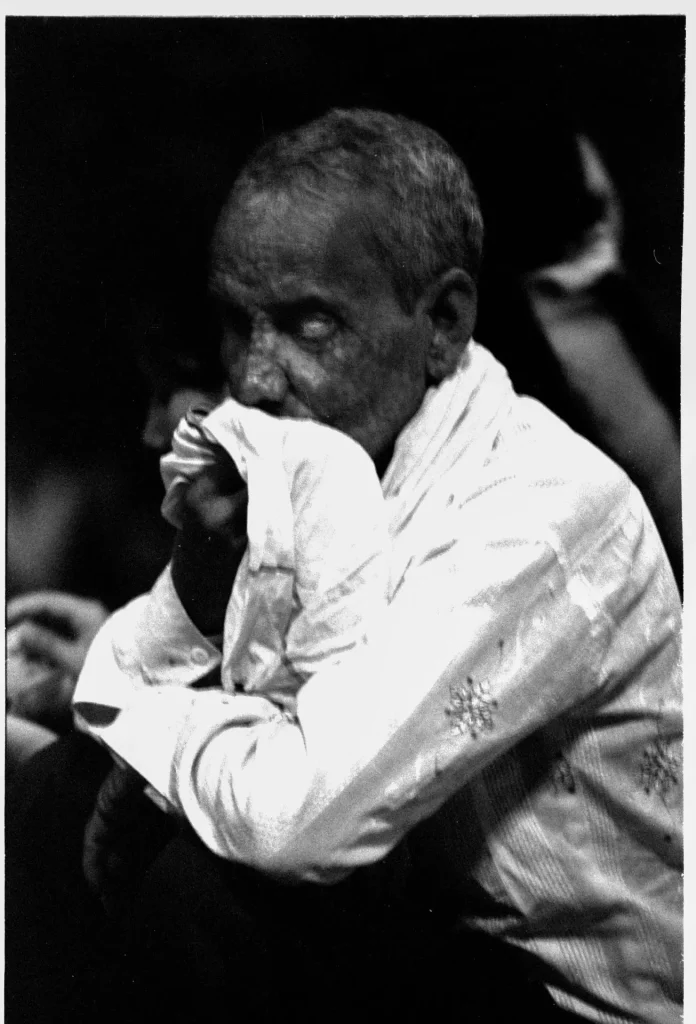
Thanks for taking the time to read this article! If you like the images here please consider checking out my Instagram. I buy all of my film from Analogue Wonderland.
Share this post:
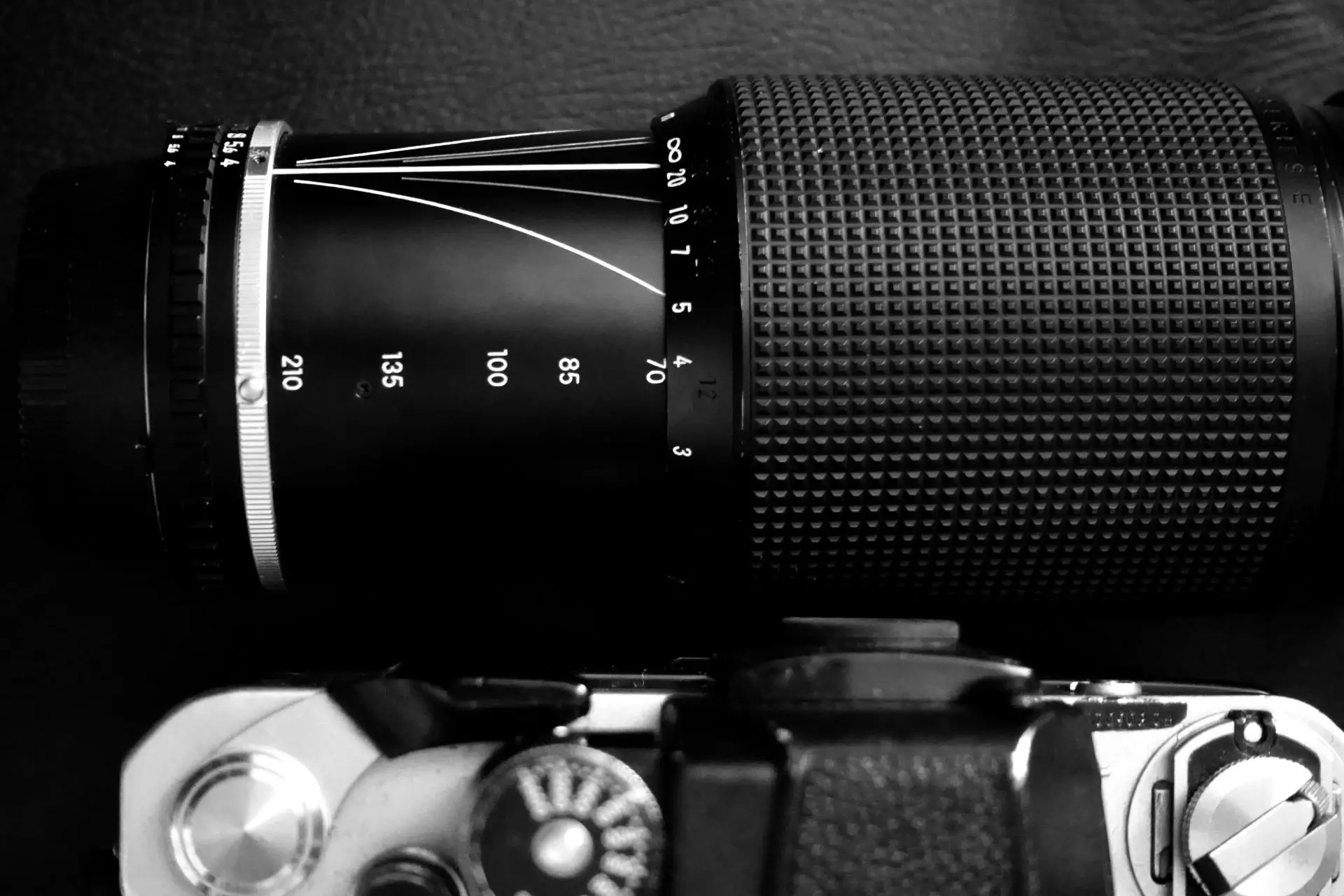








Comments
Nick Colburn on 5 Frames With the Nikon 70-210mm f/4 Series-E – By Simon King
Comment posted: 19/04/2020
Louis Sousa on 5 Frames With the Nikon 70-210mm f/4 Series-E – By Simon King
Comment posted: 19/04/2020
Comment posted: 19/04/2020
Srinidhi Aithal on 5 Frames With the Nikon 70-210mm f/4 Series-E – By Simon King
Comment posted: 19/04/2020
Comment posted: 19/04/2020
Clive W on 5 Frames With the Nikon 70-210mm f/4 Series-E – By Simon King
Comment posted: 20/04/2020
I’m curious to know if you use the full zoom range or use it mainly at 210. Like Nick, I have a 70-210 that I acquired by accident, but I’ve not yet actually used it. You’ve given me an idea!
Comment posted: 20/04/2020
Comment posted: 20/04/2020
Lee on 5 Frames With the Nikon 70-210mm f/4 Series-E – By Simon King
Comment posted: 20/04/2020